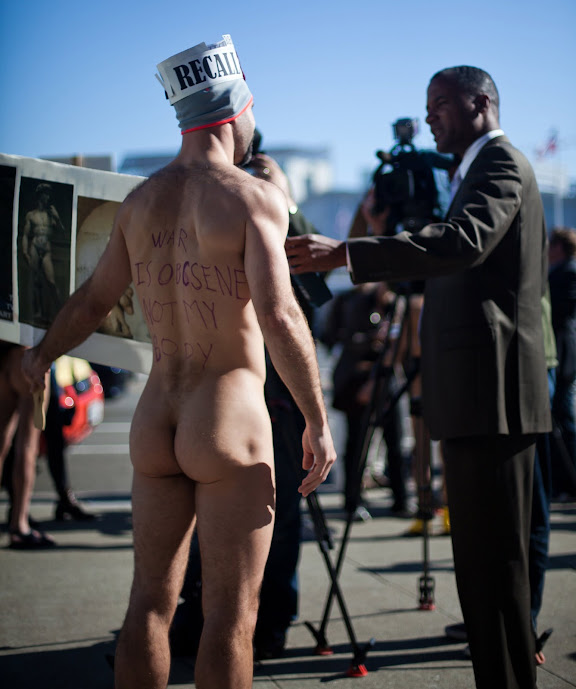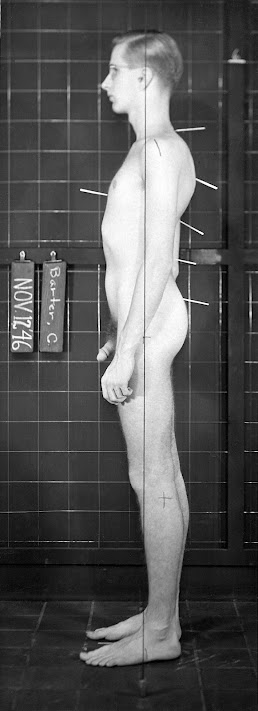Lebanon Crisis, 1958
In 1943, Lebanon became an independent country. Previously, it was a French "mandate", i.e. a French pseudo-colony under the League of Nations. At the time, Lebanon had both a substantial Christian and a substantial Muslim population. A National Pact was agreed on, stating, among other things, that the Christians would not attempt to bring Lebanon under foreign control or influence (such as France), and that the Muslims would not attempt to bring Lebanon into political union with Syria or any Arab Union.
In 1958, Egypt and Syria politically merged to form the United Arab Republic (UAR). An insurrection broke out in Lebanon, headed by Muslims who wanted to make Lebanon part of the UAR. Lebanon's president requested assistance, and President Eisenhower sent 5000 U.S. Marines and 8500 soldiers to Beirut on July 15, 1958, plus a fleet of 70 U.S. ships offshore.
Above, U.S. Marines in Beirut showering outdoors, photographed by LIFE photographer Hank Walker. Click on any of these photos for a larger view.
Another view of the Marines showering.
LIFE photographer Paul Schutzer recorded some soldiers in Beirut taking a break on the beach. Above, one guy is buried in the sand ...
while his buddy looks on ...
and we look at his buddy.
(Full disclosure: the original photo was darker. I brightened it.)
Another group playing in the surf are not naked, but apparently they were not issued swimsuits, so they seem to have just worn their underwear, which became transparent when wet.
We end with this zoomed-in look at the guy on the left. Having his shorts become transparent was apparently not enough for him, because he's letting something hang out.
The Lebanon crisis ended peacefully, with both sides agreeing to let popular Lebanese general Fouad Chehab be elected as President, and Lebanon remained an independent country. U.S. troops were withdrawn in October, 1958.
Note: these photos are from the LIFE archive of 4 million photos taken by LIFE photographers, but they were not published in the magazine.
2-Soldiers%20Showering%20Outdoors.jpg)
5-Soldiers%20Showering%20Outdoors%20cropped.jpg)
1.jpg)
2.jpg)
3b%20brightened.jpg)
4b%20brightened.jpg)
4c%20cropped.jpg)













































